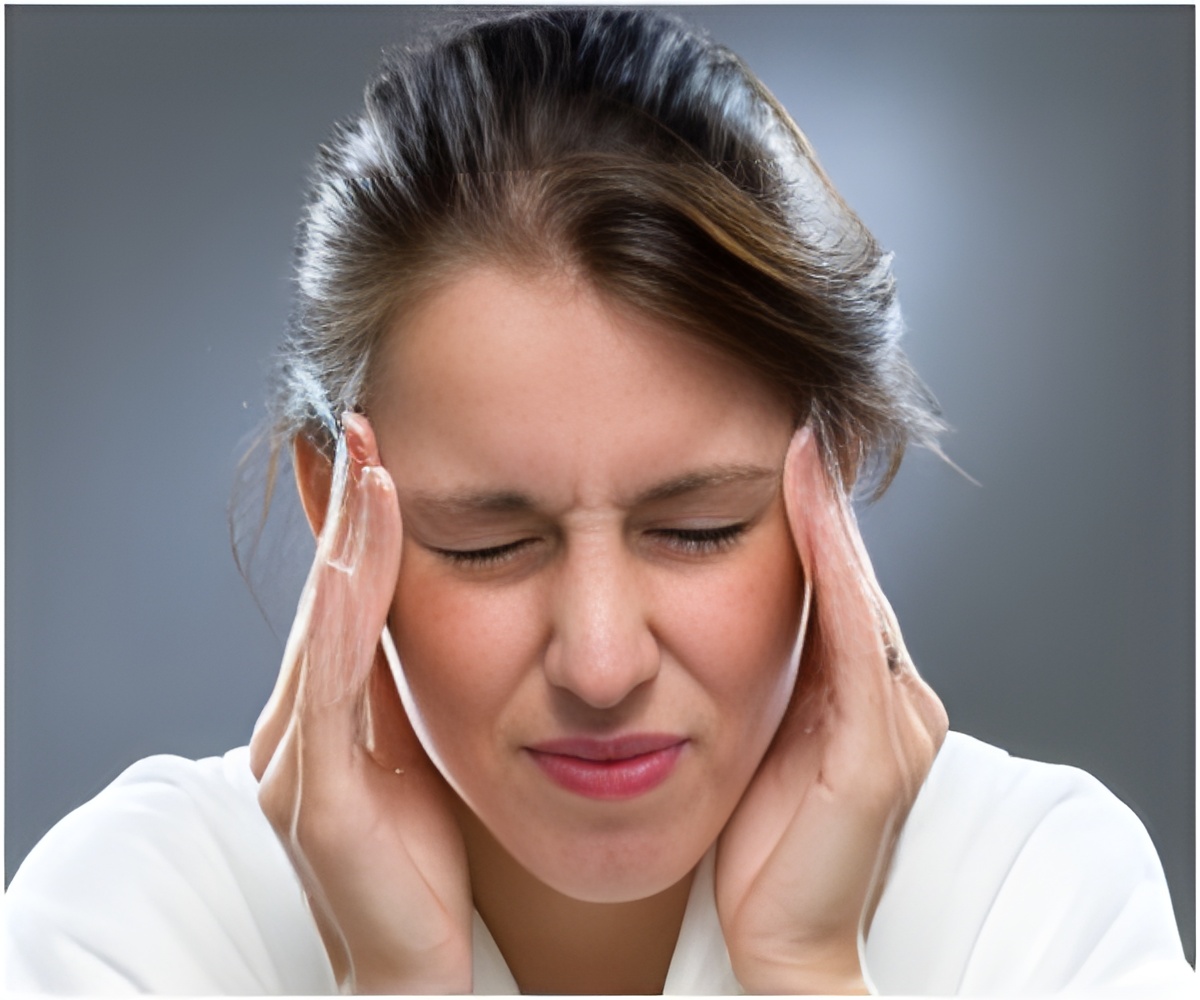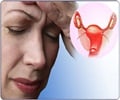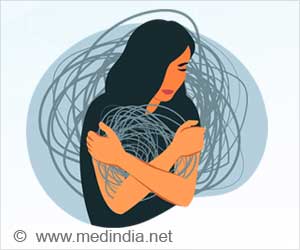
Luk's research was funded by Eunice Kennedy Shriver National Institute of Child Health and Human Development (NICHD). Drs. Jing Wang and Bruce Simons-Morton, both at NICHD, were co-authors and Luk's mentors for the study. It was based on data on bullying from the 2005/2006 U.S. Health Behavior in School-aged Children (HBSC). Luk analyzed that data while he was on a study program at NICHD.
"Bullying is a serious problem among adolescents. Previous research has shown that it is associated with loneliness, depression and suicide. But no previous national studies have identified depression as an explanation for the relationship between victimization from bullying and substance use," Luk said.
The HBSC survey measured depression by asking tenth graders: how often in the past 30 days they: (1) were very sad; (2) were grouchy or irritable, or in a bad mood; (3) felt hopeless about the future; (4) felt like not eating or eating more than usual; (5) slept a lot more or a lot less than usual; and (6) had difficulty concentrating on their school work. Responses were coded one to five: "never," "seldom," "sometimes," "often," and "always." Substance use was measured by asking number of occasions in the past 30 days that adolescents had (1) smoked cigarettes; (2) drunk alcohol; (3) been drunk and (4) used marijuana. For each item, four categories were created: "never," "once or twice," "three to five times" and "more than five times."
Source-Eurekalert













